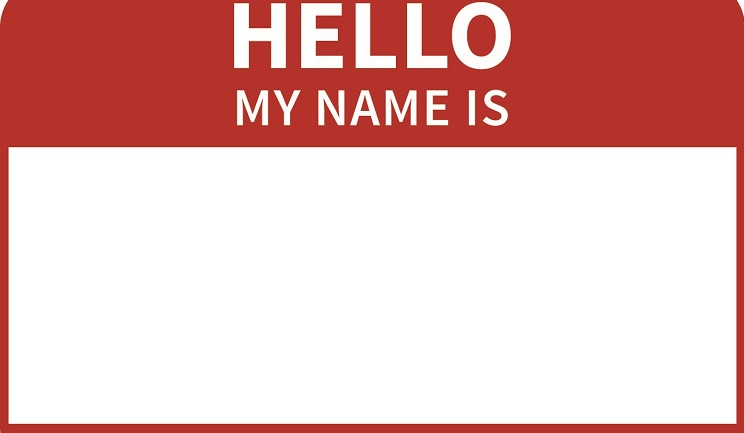“Branding” is a word we hear all the time, and we understand that it’s basically how we recognize and think about different businesses; when the time comes to brand our own businesses, though, it suddenly seems a lot more complicated. What is branding really, and what does it mean to become a likeable brand? There are whole books written on this topic, but at its core it’s a relatively simple idea.

The point of branding is to create a social connection between your business and your community. This is different from your existing business connection because it’s not about making a mutually beneficial exchange so much as it is about making a friend. This is the most important thing to remember as you begin crafting your brand identity, because it’s the key to turning your business into something that other people might think of as a person.
So, how do we actually go and turn an organization into a person with ideas and a personality?
You’ll need a Name

A few easy ways to start turning your business into a person is with your name and your logo. Your business’ name is like a person’s name, and the logo is like a face. Their purpose is more to identify you and to make you recognizable than to make any real statement about the business. We don't tattoo our resumes to our foreheads, and your business shouldn't either. Because of that a good way to start your branding campaign is to ensure that your business has a name and logo that are both simple and interesting enough to remember.
Don't Only Talk About Work...
It's important for your business to have interests outside of just work. The way you interact on social media, the events you host, and the causes you sponsor are the way your business behaves on it's days off. It’s not about what your business does for a living, but rather how it interacts with its friends. A good first step in this direction is to set up social media accounts and just talk to people about what’s going on in your community or your area.
...But Don't Ignore it Either
We do talk about work in social settings, and you don't have to be afraid to include a bit of that in your branding campaign. The way you treat your employees, your company culture, and your facilities tell your community about what type of person your business is at work. This is especially important when you’re trying to attract talent (think of Google and Apple). The best people to spread the message of your business at work are your employees. Talk to your workers and make sure that they’re being listened to and that their thoughts and ideas are being taken into account; then let them use their own voices.
Exercising Restraint

The biggest temptation when you’re trying to do branding for your business is to lump some sales and advertising content in there with it to help you feel like you’re getting some short-term ROI out of the deal.
Unfortunately the effect of this is that your business comes across like that one friend in college who worked for a multi-level marketing scheme and was always trying to sell you a fancy but useless skin cream instead of just being a part of the group. Your business needs both advertising and branding, but not both in the same package. From your community’s perspective, advertising should be something your business does when it’s at work, and branding happens on its lunch break and after hours.